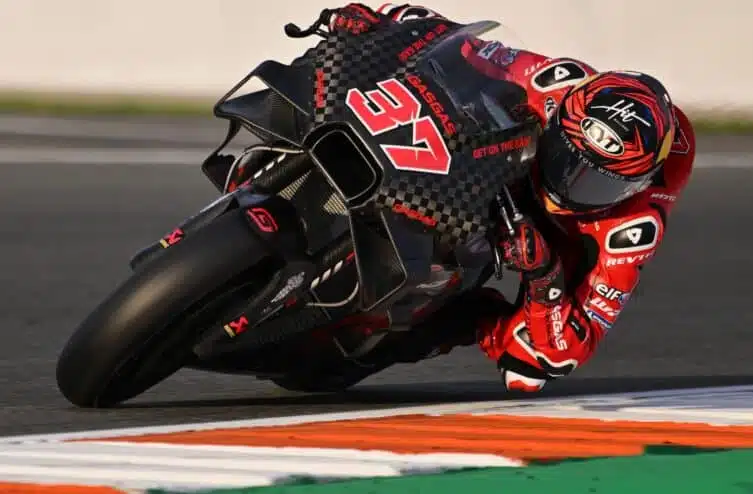How the bonus-malus system affects your motorcycle insurance: impact and tips

The bonus-malus system is a key element in calculating auto and motorcycle insurance premiums. It rewards cautious drivers and penalizes those who have accidents. Understanding how it works is essential for optimizing your insurance contracts, especially when you own multiple vehicles. Let’s discover together the subtleties of this mechanism and its impact on your insurance.
Functioning of the bonus-malus system for cars and motorcycles
The bonus-malus, also known as the coefficient of reduction-increase (CRA), is a device that adjusts the amount of your insurance premium based on your driving history. This system applies independently to each insured vehicle, whether it is a car or a motorcycle.
Here are the basic principles of the bonus-malus:
- 5% reduction for each year without accidents
- 25% increase for each accident with responsibility
- 12.5% increase in cases of partial responsibility
The CRA varies between two extremes:
- 0.50 (that is, a 50% reduction): the best bonus possible
- 3.50 (that is, a 350% increase): the maximum malus
It is important to note that the calculation of the bonus-malus is done over a complete year of insurance. Thus, your coefficient is updated every year based on your claims history.
Impact of the bonus-malus on auto and motorcycle insurance premiums
The bonus-malus has a direct effect on the amount of your insurance premiums. The lower your CRA, the lower your premium will be. Conversely, a high coefficient will result in a significant increase in your quote.
Here is an example of the impact of the CRA on a basic insurance premium of $1000:
Coefficient Annual premium 0.50 (maximum bonus) $500 1.00 (neutral) $1000 1.25 (malus after an accident) $1250 3.50 (maximum malus) $3500. It is essential to understand that the bonus-malus follows the insured, even if you change insurance companies. Therefore, it is not possible to evade a malus by simply changing insurance companies.
However, there are options to mitigate the impact of a malus:
- The malus disappears after 2 years without accidents with responsibility
- Some insurers offer a “lifetime bonus” at 50% after 3 years at this level
- With the right services, it is possible to find the best premium, even with a malus.
Management of the bonus-malus with multiple vehicles
When you own both a car and a motorcycle, managing the bonus-malus can seem complicated. Here are the essential points to remember:
1. Independence of the contracts: An accident with one vehicle does not affect the bonus-malus of the other insured vehicles. Thus, if you have a responsible accident with your car, the CRA of your motorcycle will not be affected.
2. Vehicle change: In case you replace a vehicle, the CRA is transferred to the new vehicle. For example, if you replace your old motorcycle with a new one, you will retain the same coefficient.
3. Addition of a vehicle: For an additional vehicle, usually an average of the CRAs is applied. If you add a motorcycle to your existing car contract, the CRA of the motorcycle will be calculated considering your overall history.
It is essential to keep in mind that some vehicles are excluded from the bonus-malus system, such as mopeds or collector vehicles. Make sure to check with your insurer the status of each of your vehicles.
Optimize your multi-vehicle insurance
To make the most of the bonus-malus system when owning a car and a motorcycle, here are some tips:
- Compare offers: Don’t hesitate to use insurance comparators to find the best conditions, especially for the vehicle with the highest CRA.
- Opt for a multi-vehicle contract: Some insurers offer discounts for insuring multiple vehicles under the same contract.
- Monitor your information report: This document indicates your CRA and your claims history. Review it often to ensure its accuracy.
- Anticipate changes: If you plan to acquire a new vehicle, consider the impact on your overall bonus-malus.
By understanding the subtleties of the bonus-malus system and adopting a strategic approach, you can optimize your auto and motorcycle insurance contracts. Remember that driving cautiously remains the best way to maintain a good coefficient and benefit from advantageous premiums in the long term.





